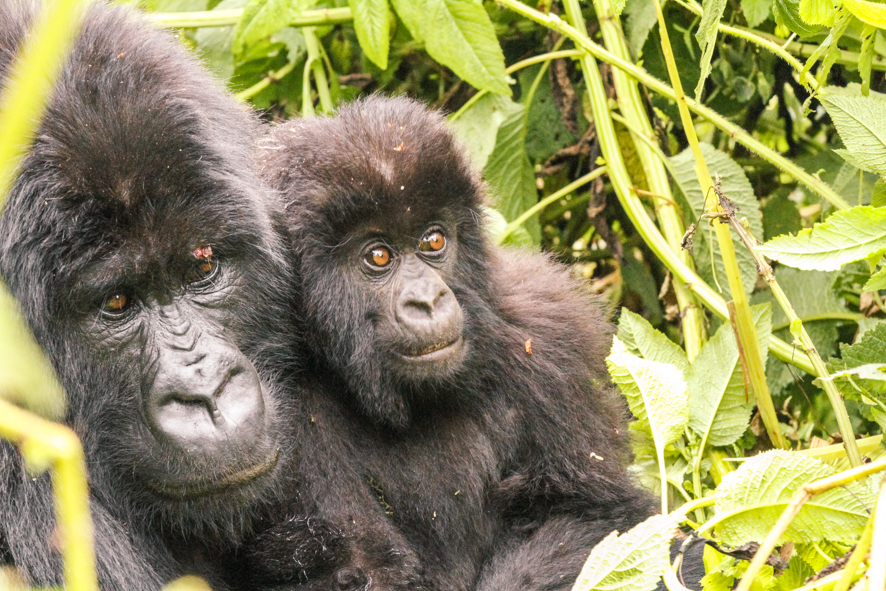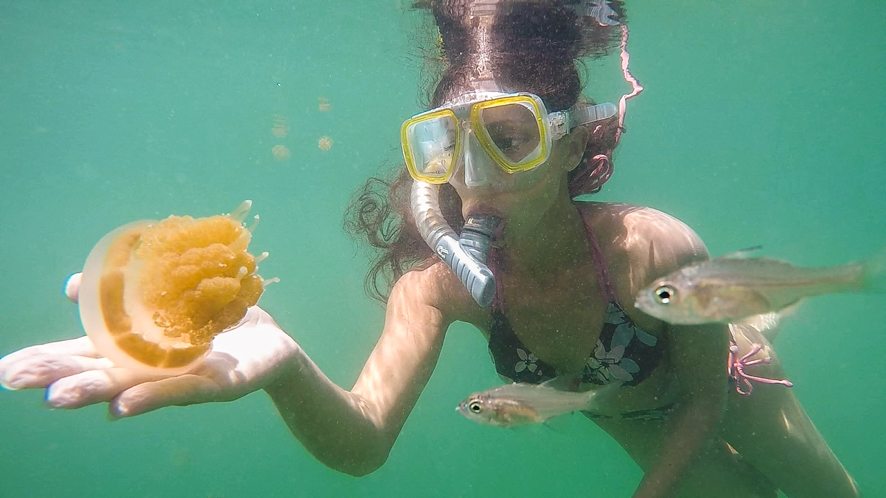![[:fr]Paresseux a gorge brune[:en]brown-throated sloth[:]](https://lebigtriptravel.com/wp-content/uploads/2015/07/sloth-paresseux.jpg)
Ever heard of the brown-throated sloth?
I’ve been wanting to meet a sloth for a very long time. We tried to spot them in Tayrona… without luck. As they didn’t come to us in Colombia, we went to them! Yep, that’s what we do haha. Even if they’re common in Costa Rica, it can be hard to see them.
Sloths spend a lot of time sleeping and are known for being the slowest animal in the world. They live high in trees, where they hide from their predators, and eat mainly leaves.
There are 2 sloth families, differentiated by the number of fingers. I won’t go into too much detail and will avoid mentioning their Latin names, but note that there are 4 species with 3 toes and 2 species with 2 toes.
We met 2 species in Costa Rica: the Hoffmann’s two-toed sloth and the brown-throated sloth (3 toes). We’ll be talking about the latter today.
Isn’t it intriguing? Its small round eyes, constant smile and its head that pivots at 180° give it an alien look.
This sloth hides many surprises. Its fur is infested by “parasites”: it hosts algae (that’s why some look greener), fungi, and insects. The sloth and its ecosystem live in harmony.
It goes down its tree very rarely: once a week to do their business or to change tree when it can’t find anymore leaves to its liking. We met this brown-throated sloth in Manzanillo, close to Puerto Viejo, waiting at 3 meters above the ground. When it saw us, it slowly started going up its tree timidly. Then the sloth started trusting us to the point where it showed us how it changed trees.
As you can see in this video, it isn’t very agile on the ground and becomes vulnerable to predators.
If you go to Costa Rica, open your eyes, and you’ll have big chances to spot two-toed or three-toed sloths.




![[:fr]Nager avec les dauphins sauvages, Kangaroo Island[:en]Swim with wild dolphins, Kangaroo Island[:]](https://lebigtriptravel.com/wp-content/uploads/2016/04/IMG_6835.jpg)